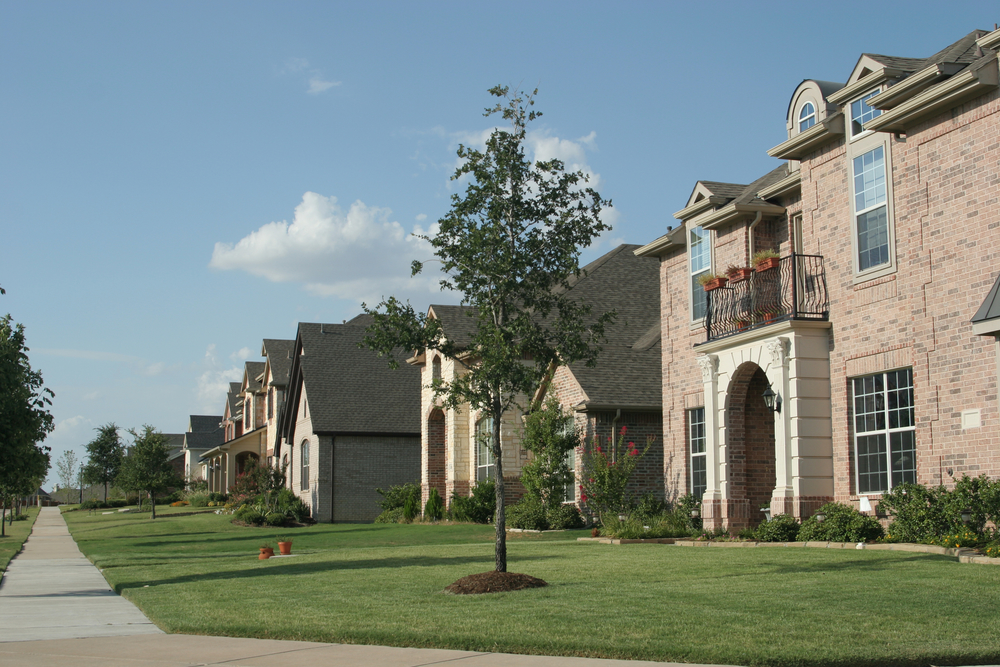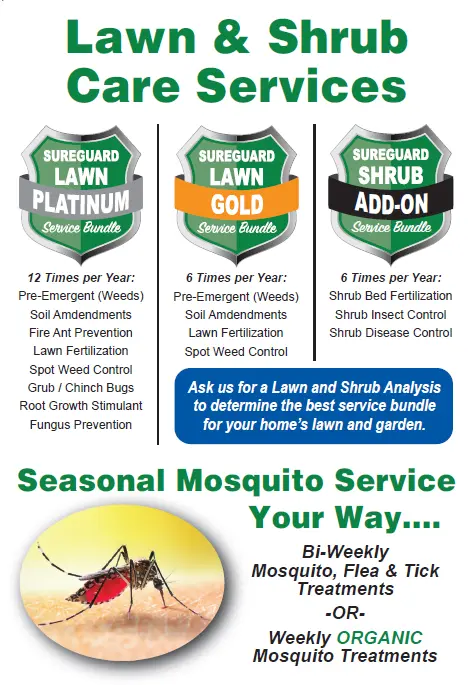Why does my lawn keep dying and what can I do about it?
Is your lawn still brown no matter how many times you water it? Does your grass keep on wilting and dying even when fertilized? Unfortunately, external factors that are almost invisible to us can have a devastating effect on your lawn in Midlothian. Here is a list of common causes of lawn failure and how you can address them:
- Both overwatering and underwatering can cause lawn problems. Overwatering can cause root rot and fungal diseases, while underwatering allows grass to dry out and die.
- Solution: Water your lawn regularly – make sure it gets about 1 to 1.5 inches of water per week, including rainfall. Water deeply once to twice a week, ideally early in the morning to minimize evaporation.
- Compacted soil restricts root growth, preventing grass from absorbing sufficient quantities of water and nutrients.
- Solution: Aerate your lawn to reduce soil compaction so your grass can get what it needs to thrive. Core aeration, which removes small plugs of soil, is particularly effective.
- If the soil of your grass lacks essential nutrients (potassium, nitrogen, phosphorus) or has an improper pH level, this will hinder grass growth.
- Solution: Conduct a soil test to identify nutrient deficiencies and pH levels. Use fertilizer if needed to make sure your grass has sufficient key nutrients. You can use lime or sulfur to adjust the pH level, aiming for a range between 6 and 7.
- Grubs, chinch bugs, and fungal diseases can damage grass roots and blades, leaving dead patches in your lawn.
- Solution: Inspect for signs of disease or pest infestation. Apply appropriate treatments, such as insecticides, fungicides or beneficial nematodes, based on the nature of the problem. Proper mowing and watering can reduce the risk of these lawn threats.
Connect with Sureguard Lawn & Pest today if you want professional lawn care services in the Midlothian area!



